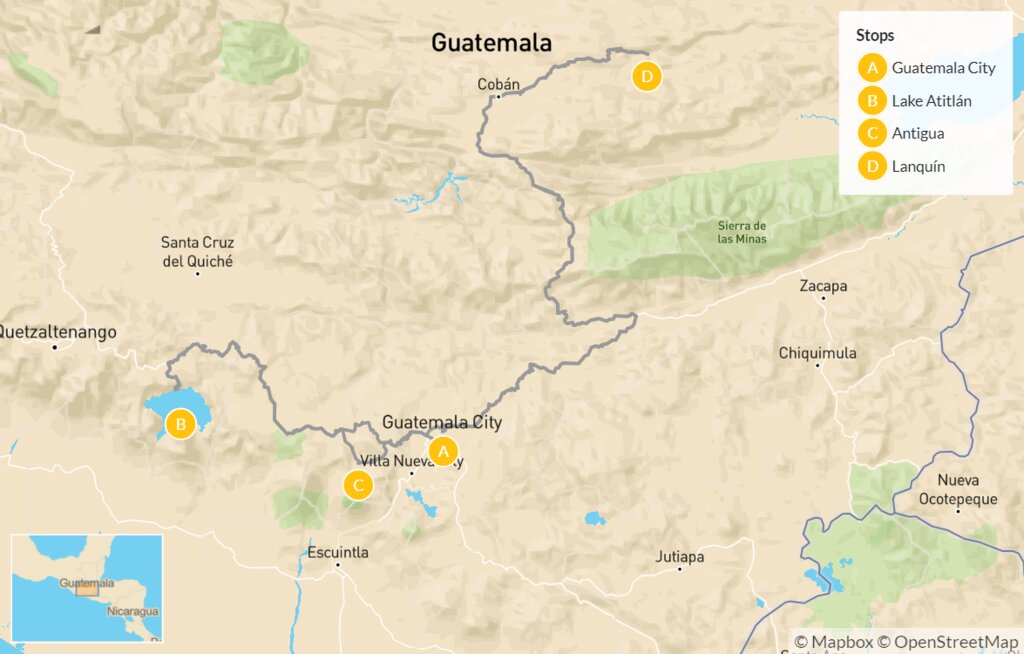Nicaragua, known as the largest country in Central America, is a captivating nation teeming with a rich culture, dramatic volcanoes, and a vibrant tapestry of life. Each facet of Nicaragua, from its historical roots to its natural wonders, unveils a story that deeply resonates with observers and explorers alike. Here, we delve into some random yet fascinating facts about this tropical haven, ensuring a glimpse into the layers that make Nicaragua truly unique.
Cultural Mosaic
Nicaragua is often described as a cultural mosaic, having been shaped by indigenous traditions, colonial influences, and contemporary movements. Over 60% of the population identifies as mestizo, a blend of Indigenous and Spanish descent, which reflects the country’s colonial heritage and its ability to amalgamate diverse cultures. Additionally, the presence of various ethnic groups, including the Miskito, Garifuna, and Creole communities, enhances the cultural richness of the nation. Each group carries its unique traditions, music, and culinary practices, contributing to a complex cultural landscape that offers endless exploration.
Music holds a significant place in Nicaraguan culture; genres like marimba, folk, and salsa permeate social events and celebrations. The fervor of the local dance scene can be witnessed during vibrant festivals, where traditional and contemporary dances converge, creating an unmissable spectacle that energizes both participants and spectators. The annual Aguinaldo Festival, for example, showcases the rhythmic heart of Nicaraguan tradition, bringing both spiritual and festive elements into a singular experience.
Natural Marvels: Volcanoes
Nicaragua’s geological features are equally compelling. The country is home to a staggering number of active volcanoes, with 19 in total, which epitomizes its dramatic topography. The most notable volcano, Concepción, situated on Isla de Ometepe, is not only a natural wonder but also a sacred site for local communities. This conical giant, rising majestically from the shores of Lake Nicaragua, has captivated both hikers and photographers alike, offering panoramic views that leave visitors in awe.
Beyond Concepción, Masaya Volcano is another highlight. Often referred to as the “Lighthouse of the Pacific,” Masaya’s active crater emits smoke and molten lava, casting an ethereal glow at night. This mesmerizing sight underscores Nicaragua’s vibrant geological activity and its allure as a destination for adventure seekers and nature enthusiasts. The Nicaraguan government has established parks around many volcanoes, promoting eco-tourism while emphasizing the importance of conservation amid the allure of these natural spectacles.
Lakeside Serendipity
Accompanying the volcanic landscape is Lake Nicaragua, the largest freshwater lake in Central America. It supports a vast array of biodiversity, including the unique freshwater shark species, which captivates scientists and ecologists alike. The lake also serves as a cultural hub, with charming towns such as San Juan del Sur lining its shores. This relaxed coastal community is well-known for its surf culture, attracting adventurers looking for sun-soaked waves and vibrant nightlife. The confluence of natural beauty and local tradition makes Lake Nicaragua a focal point for exploration and relaxation.
Rich Gastronomy
No exploration of Nicaragua would be complete without a taste of its rich gastronomy. Nicaraguan cuisine is an eclectic mélange inspired by indigenous, Spanish, and Caribbean influences. Dishes such as Gallo Pinto, a staple comprised of rice and beans, embody the culinary essence of the nation, often accompanied by corn tortillas, fried plantains, and various salsas. However, it’s the slow-cooked Nicaraguan “vigorón” that truly encapsulates the spirit of communal dining, showcasing pork, yuca, and a refreshing cabbage slaw that bursts with flavor.
The appreciation for food extends beyond eating; it is an integral part of Nicaraguan culture. Food festivals held in various cities celebrate local produce, traditional cooking methods, and the vibrant spirit of the people, inviting locals and tourists to partake in the culinary communion.
Impact of History
Nicaragua’s history is an intricate narrative of colonization, revolution, and resilience. The Sandinista Revolution in the late 20th century marked a pivotal moment, with its ramifications still reverberating today. This historical context feeds into contemporary Nicaraguan identity, providing a sense of purpose and community. The legacy of resistance is omnipresent, often expressed through art, literature, and political discourse.
Street art serves as a particular medium through which the nation’s revolutionary spirit is conveyed. Murals found in cities like León not only tell stories of struggle but also celebrate cultural heritage, drawing visitors’ attention to the confluence of artistry and activism that permeates the collective consciousness.
The Vibrant Life of the People
Despite the challenges faced throughout history, Nicaraguans exhibit a profound sense of vitality and community. The warmth of the people and their enduring optimism are perhaps the most compelling aspects of the Nicaraguan experience. Festivals, music, and daily gatherings foster connections that enrich the social fabric of the nation, illustrating a lifestyle rooted in celebration and resilience.
Women play a particularly pivotal role in shaping the culture, often leading initiatives in arts, education, and social movements. Their contributions are increasingly recognized, and many organizations work to empower women within the realms of entrepreneurship and governance.
Conclusion
Nicaragua is a country that invites exploration and reflection. Its culture, sculpted by a confluence of history and diversity, its natural wonders, from the majestic volcanoes to the serene lakes, and its vibrant populace create a multifaceted identity that captivates all who venture within its borders. Each fact and story beckons individuals to uncover the layers of life in Nicaragua—a journey full of intrigue, connection, and beauty.









